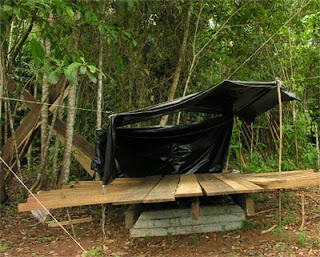
Nilo is wild about ALL lizards, so he was naturally delighted by this jewel!
Life in a tropical lowland wet forest reserve on the Osa Peninsula in south west Costa Rica.

.jpg)

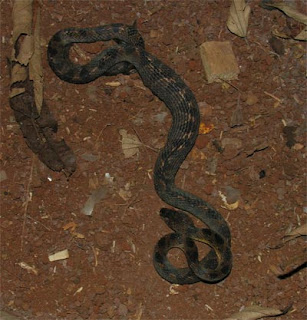
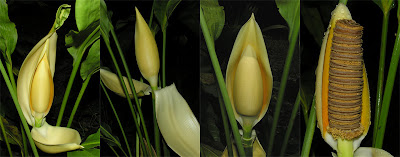
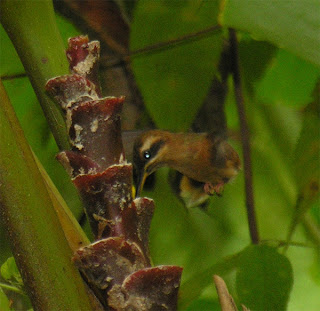
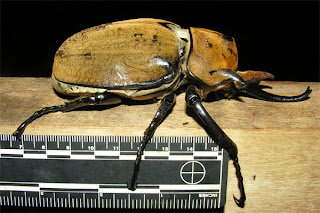
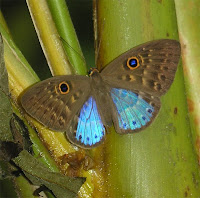 Using Reinaldo's (!) copy of the book Butterflies and Moths of Costa Rica, (I. Chacon & J. Montero, Inbio, 2007) I was easily able to identify this butterfly (LYCAENIDAE - Eurybia lycisca) that I photographed here in the garden yesterday, on Calathea lutea.
Using Reinaldo's (!) copy of the book Butterflies and Moths of Costa Rica, (I. Chacon & J. Montero, Inbio, 2007) I was easily able to identify this butterfly (LYCAENIDAE - Eurybia lycisca) that I photographed here in the garden yesterday, on Calathea lutea.
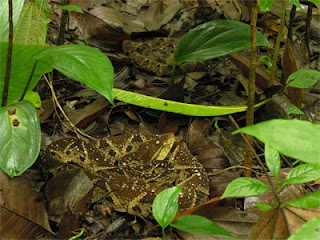
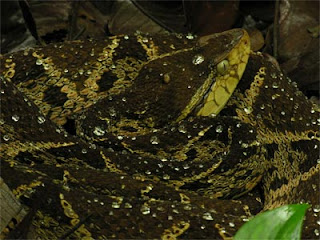
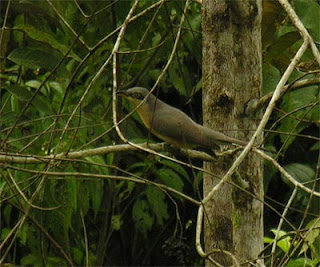
 When we bought the Los Charcos property, there was nothing here but cattle pasture and African Palm (as the photo shows). For the past 3 years, we have allowed nature to take its course, and have left the majority of the gardens in a state of natural succession, as part of the on-site restoration program. By now it has gone really wild, making it highly attractive to the local fauna, and many of the orginal plant species have made a come back after years of being hacked back to the ground.
When we bought the Los Charcos property, there was nothing here but cattle pasture and African Palm (as the photo shows). For the past 3 years, we have allowed nature to take its course, and have left the majority of the gardens in a state of natural succession, as part of the on-site restoration program. By now it has gone really wild, making it highly attractive to the local fauna, and many of the orginal plant species have made a come back after years of being hacked back to the ground.
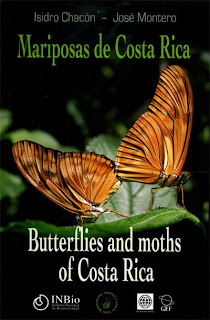
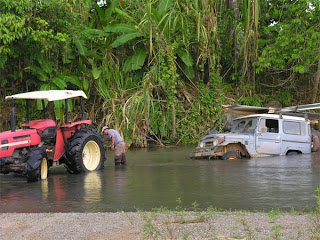

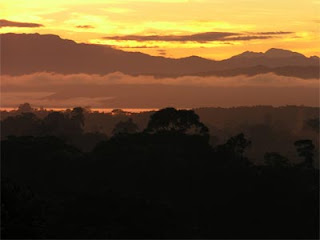
 By February 2006 work was underway to construct our present home, which is situated on a hillside, with a spectacular 180˚ view, from the Golfo Dulce to Cerro Rincon and the Corcovado National Park. While the house was in the early stages of being built - before the rains - nights were passed like this.
By February 2006 work was underway to construct our present home, which is situated on a hillside, with a spectacular 180˚ view, from the Golfo Dulce to Cerro Rincon and the Corcovado National Park. While the house was in the early stages of being built - before the rains - nights were passed like this.
